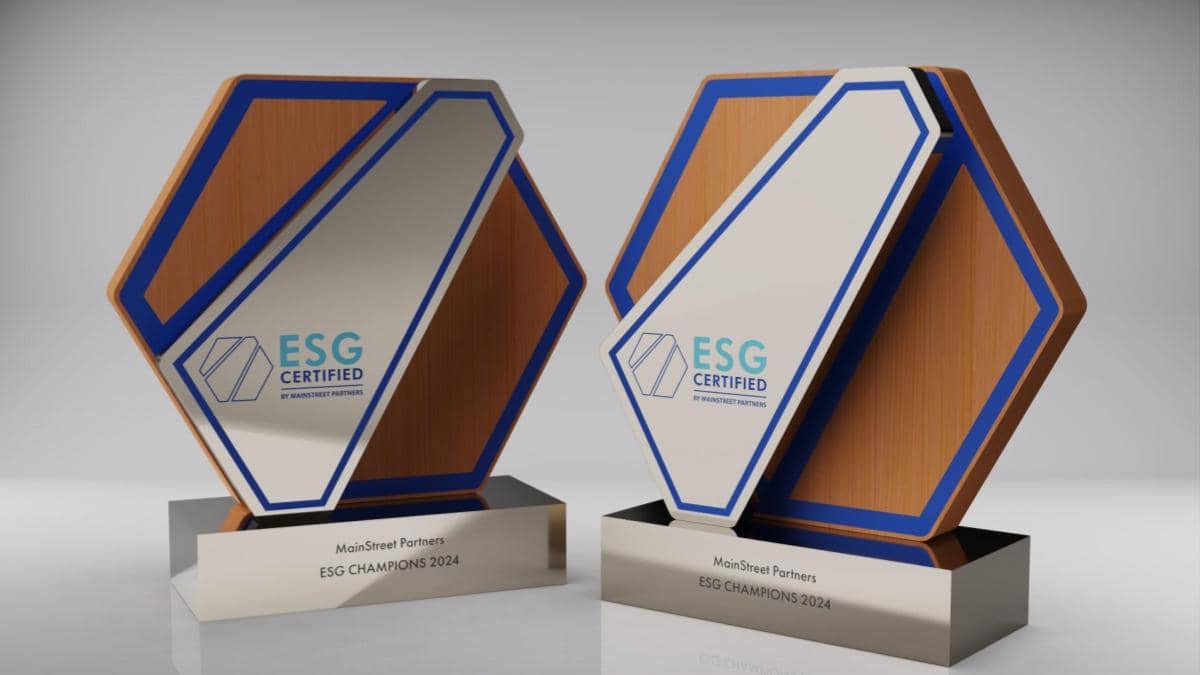What does investment in the “virtuous circle of growth” consist of?

31 MAR, 2023
By Constanza Ramos

Jacques Gout Lombard, an analyst at LONVIA Capital, explains how investment in companies with a virtuous circle of growth works and what makes them attractive. He also shares his view on the evolution of small and mid-cap companies and the trends he identifies.
What is this investment concept about? How does the anti-cyclical component work?
We invest in business models that are considered sustainable and value-generating with a long-term investment perspective. We focus on companies that are capable of increasing their business volume through the exploitation and generation of cash flow by positioning themselves in growth markets and growth-oriented strategies. All of this is through innovation and the development of new products, investment in human capital, the conquest of new customers, and international expansion.
These companies use the successes derived from their market positioning and products to constantly invest and create the ideal conditions to continue growing in the future. In this way, the company ends up operating in what we call a "virtuous circle of growth," and we benefit from its development and the capitalization effect of operational value creation.
What strategies do companies use to foster continuous growth?
We like companies that play a local leadership role in a particular European country, which can also develop into other geographies and even become European or global leaders in their specific market in the future. Our companies usually innovate and develop new products to expand their market and make it more accessible to new categories of products or services. Additionally, our companies can also grow through complementary acquisitions to expand rapidly into a new country or add new technologies to their portfolio.
These are innovative companies in growing markets, with control of their industrial growth strategy, capable of significantly changing their size in a few years, with high margins, strong cash flow generation, healthy balances, and high pricing power.
What are the risks associated with investing in businesses that depend on a virtuous circle of growth to maintain their success?
We invest in companies that already have a strong position in their market and, therefore, can already generate enough revenue and cash flow. Consequently, they do not depend on a virtuous circle of growth but benefit from it. The main risk is not accessing the qualities of the companies we invest in correctly and their ability to maintain their current position in the market and generate value for their shareholders.
How can a company compete in a market where several competitors have already established a virtuous circle of growth?
Only a few players can develop "healthily" for many years in the same market, depending, of course, on its size. As long as our companies have solid and sustainable competitive advantages that prevent competitors from getting their market share and even allow them to obtain more, everything will be fine.
What is the impact of the macroeconomic environment on a business's ability to maintain its virtuous circle of growth?
Generally, these companies reinvest more in R&D, people, acquisitions, and production capacity than their competitors. Additionally, because they have solid positions in their markets, they generate sustainable cash flows and generally have little or no debt on their balance sheets. Furthermore, they can better withstand any macroeconomic recession and may even gain more market share thanks to their ability to invest during those periods, while their competitors suffer from higher debt levels and limited ability to reinvest.
How can the success of a business that relies on a virtuous circle of growth be measured to evaluate its investment potential? The main measure of success for any company in a medium/long-term investment horizon is its ability to grow its profits and cash flows.
How have small and mid-cap companies evolved in recent years? What trends do you identify?
Small-cap European companies had a challenging 2022. Some may have fallen for valid reasons, while others as a result of the contagion effect.
In this sense, high-quality growth stocks were adversely affected by investor rotation towards lower-quality stocks. The long-term vision is more important than ever. Long-term investors will find reasons for optimism.
It is no secret that investing in small and mid-caps generates superior long-term returns than investing in large companies. This happens in all developed stock markets, from the United States, through Europe, and even in Asia. Several reasons make their combination excellent: and at the same time.
Small businesses do not have to be newly created companies; in many cases, they are companies with a long history that compete and dominate a market niche and that over time grow and generate profits sustainably.
That is why we believe that smaller values are an attractive opportunity for investors with a good understanding of history and a long-term mindset.


